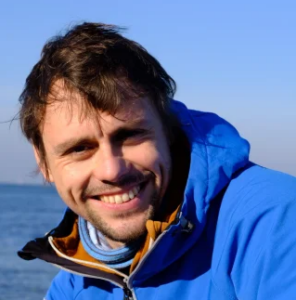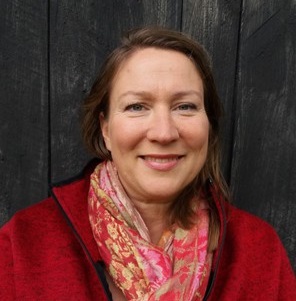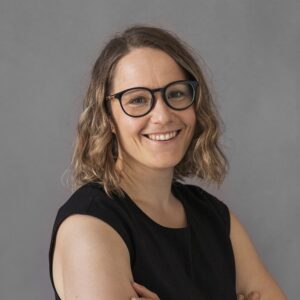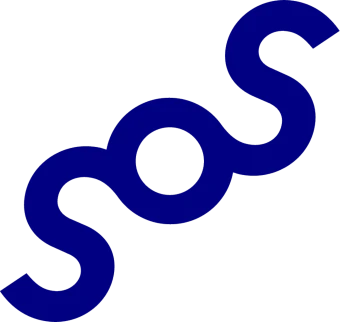Lead: Christoffer Boström
The prerequisites for a healthy and clean sea include functional and resilient ecosystems including effective measures such as mitigation of a number of human pressures (e.g. maritime traffic, nutrient pollution), implemented area-based conservation and accountability. The main assumption, and simultaneously major challenge behind these measures, lies in understanding the interlinkages between structure (e.g. habitat extent, distribution and density), function (e.g. the physical, chemical and biological processes) and ecosystem services (e.g. provisioning, regulatory, supporting, and cultural services). However, the structure-function-services (SFS) chain in marine ecosystems remains highly understudied making the understanding and conservation of key marine ecosystems challenging.
The objectives of WP1 are to
1. Establish structure-function-services (SFS) links for two key habitats in the model area; seagrass meadows and bladderwrack by measuring ecosystem processes relevant for a healthy sea and for conservation goals e.g. nutrient filtering, carbon binding, biodiversity, nursery provisioning, and sediment stabilization.
2. Link habitat functions to ecosystem services to guide conservation and identify main threats (loss drivers) to service provisioning.
3. Improve knowledge transfer of the SFS chain for blue growth sectors such as maritime traffic by considering biodiversity and ecosystem services in public and private (e.g. ship operators) decision-making.
The work is structured under three specific tasks:
People


